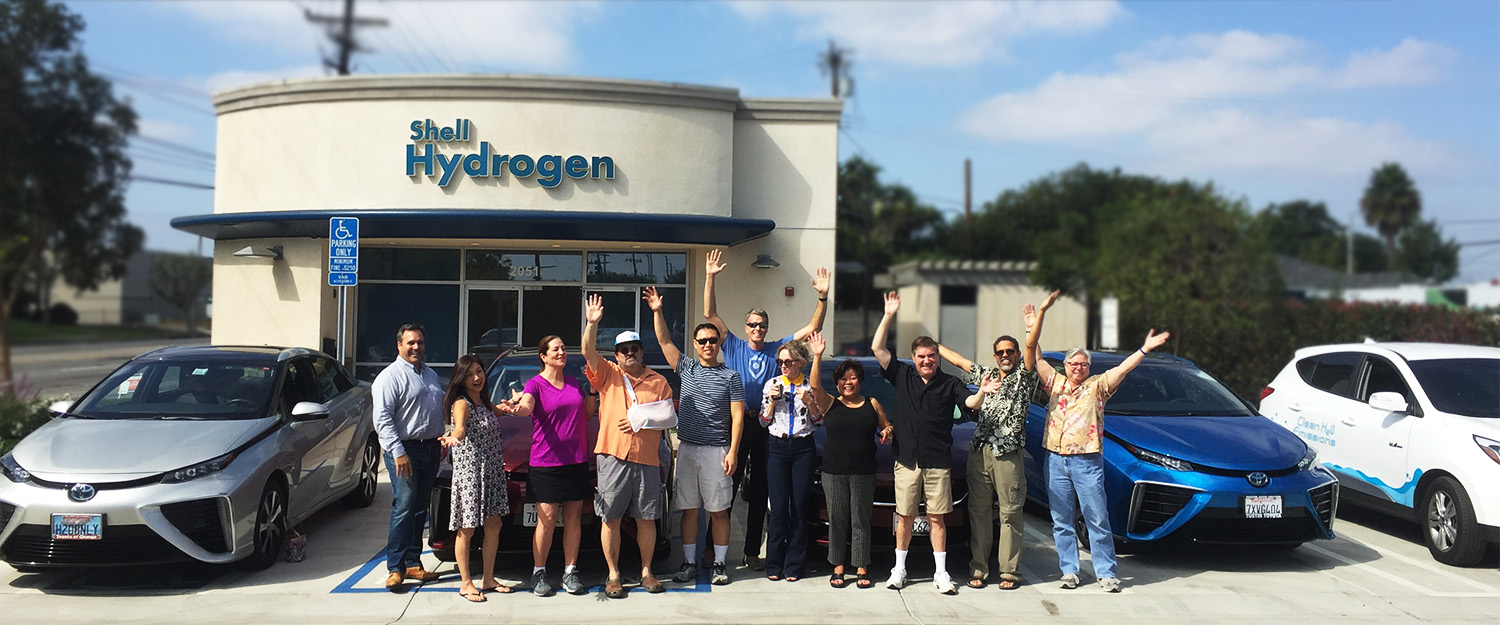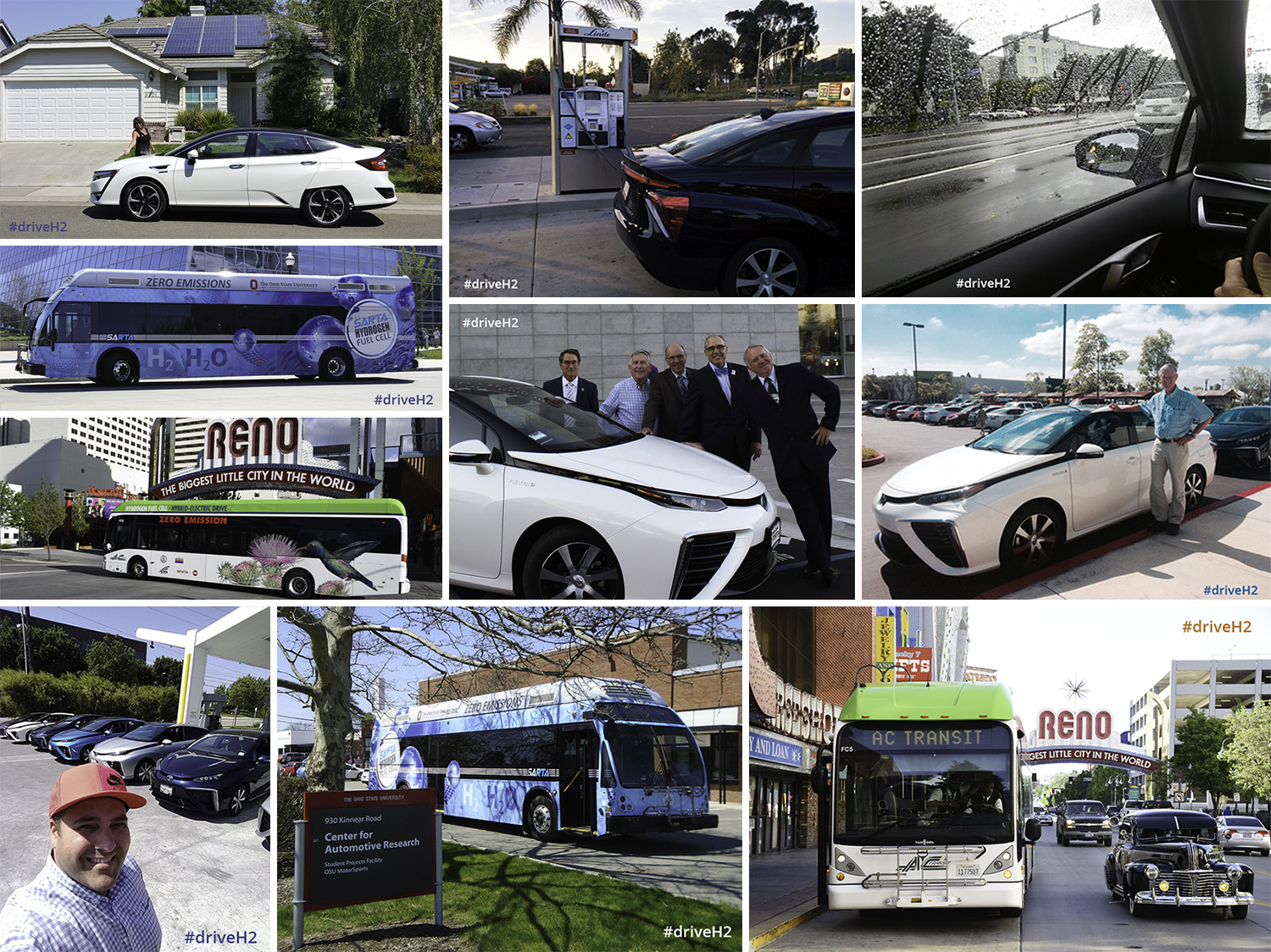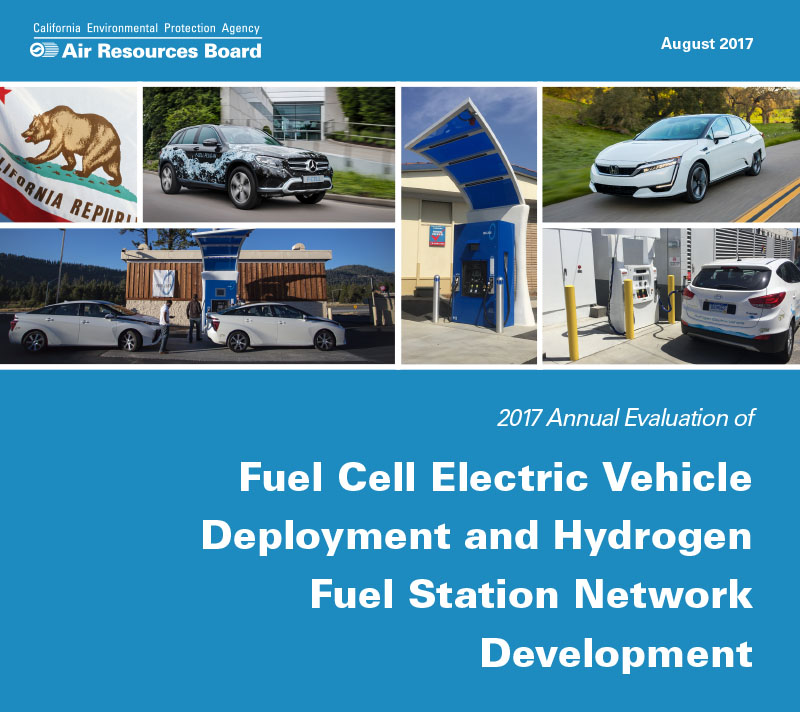On November 8, the Energy Commission issued a “Revised Notice of Proposed Awards” that recommends five additional stations previously recommended for funding by Energy Commission staff. The newly awarded stations are:
On November 8, the Energy Commission issued a “Revised Notice of Proposed Awards” that recommends five additional stations previously recommended for funding by Energy Commission staff. The newly awarded stations are:
California Air Resources Board staff will host a technical discussion in Sacramento to review the most recent updates to the California Hydrogen Infrastructure Tool. CHIT is built in the ArcGIS environment to perform geographically-detailed assessments of need for new hydrogen fueling infrastructure to support the deployment of fuel cell electric vehicles. CARB will also discuss methods by which information from the tool was integrated into Coverage, Capacity, and Market Viability evaluations of station applications in response to the California Energy Commission’s GFO15-605. The goal is to provide stakeholders with a comprehensive understanding of the new features of the tool, the analyses performed by CARB using the tool, and use of the tool’s key information outputs in funding programs.
Entering its third year, National Hydrogen and Fuel Cell Day has expanded in the number of events and increased activity on social media, especially from passenger car drivers. And many supporters have pushed beyond the actual day, October 8, to host events or make announcements in the days that followed.

Nobel laureate and former Energy Secretary gets driven in one of the world's first commercially available fuel cell electric cars to the 232nd ECS meeting for his keynote speech, particularly fitting because electrochemistry was at the heart of enabling this technology. Forty years ago, government, national labs and industry convened to brainstorm options for reducing dependence on foreign oil and the DOE fuel cell program was born. Since then, researchers made great strides, reducing platinum content and improving electrode performance, achieving dramatic cost reductions and durability improvements, eventually enabling industry to commercialize fuel cell technology.
For National Hydrogen and Fuel Cell Day, we’ve received a lot of great photos from drivers and fans of the technology. We compiled a few of them into a collage.

National Hydrogen and Fuel Cell Day, October 8, will soon be upon us and the California Fuel Cell Partnership is looking to our many fuel cell electric car drivers and others to join us in celebrating.
National Hydrogen and Fuel Cell Day raises awareness of a clean energy technology that is here now. October 8th (10.08) refers to the atomic weight of hydrogen (1.008).
4 ways to participate in National H2 Day
The California Air Resources Board released its 2017 Annual Evaluation of Fuel Cell Electric Vehicle Deployment and Hydrogen Fuel Station Network Development that documents the growth in hydrogen stations and FCEVs since mid-2016. On August 29 CaFCP hosted a webinar about the report.

We are pleased to announce that the Torrance Shell hydrogen station has been upgraded and is now open to the public as a retail station. It is the 30th retail hydrogen station in California. It is the only hydrogen station in the U.S., and one of the few in the world, to be fed by a hydrogen pipeline. The upgrade was funded by the California Energy Commission and administered by the South Coast Air Quality Management, and upgrade activities undertaken by station operator Shell. To learn more about the station, you can visit CaFCP’s station map at www.cafcp.org/stationmap.
California recently opened its 29th hydrogen station in California. By the end of the year, we’ll see more stations online, and even more in 2018.
More stations means more fuel cell electric cars. And more cars means more hydrogen being dispensed, especially renewable hydrogen.
In California, hydrogen is on a renewable pathway, just like electricity. At least 33% of the hydrogen sold today at these stations must be renewable.